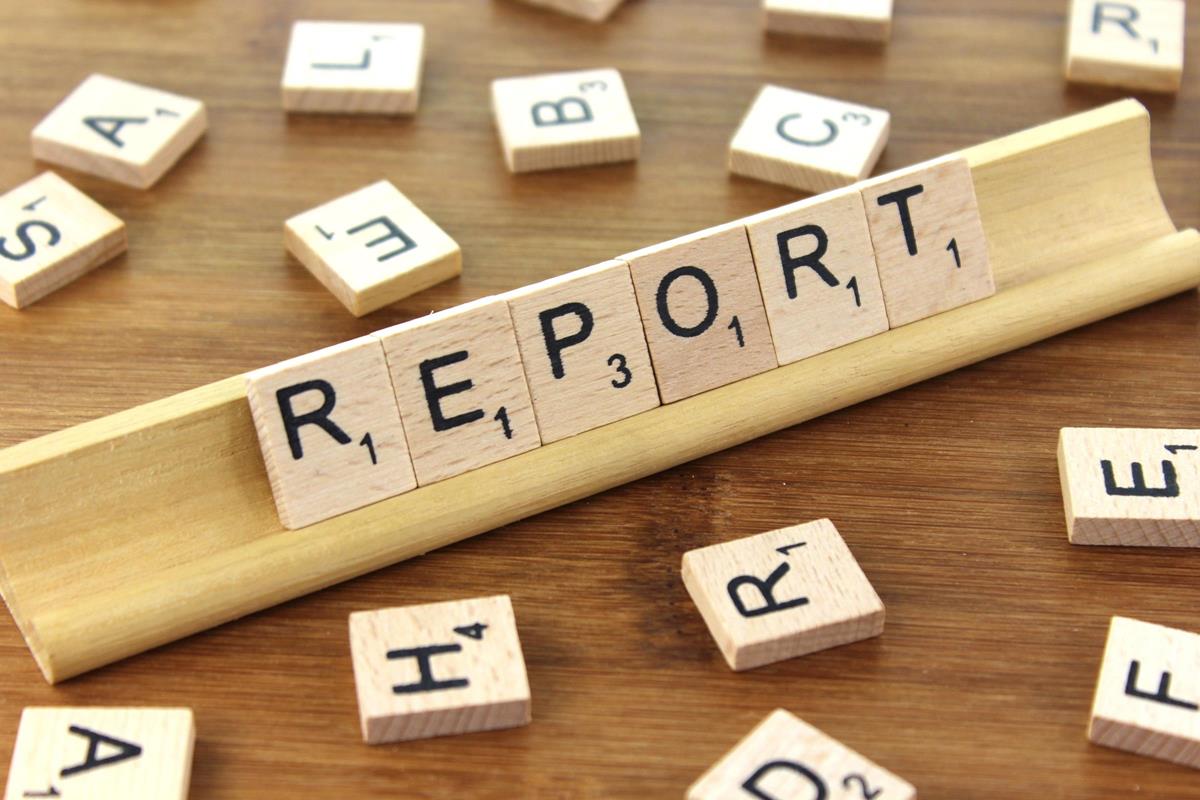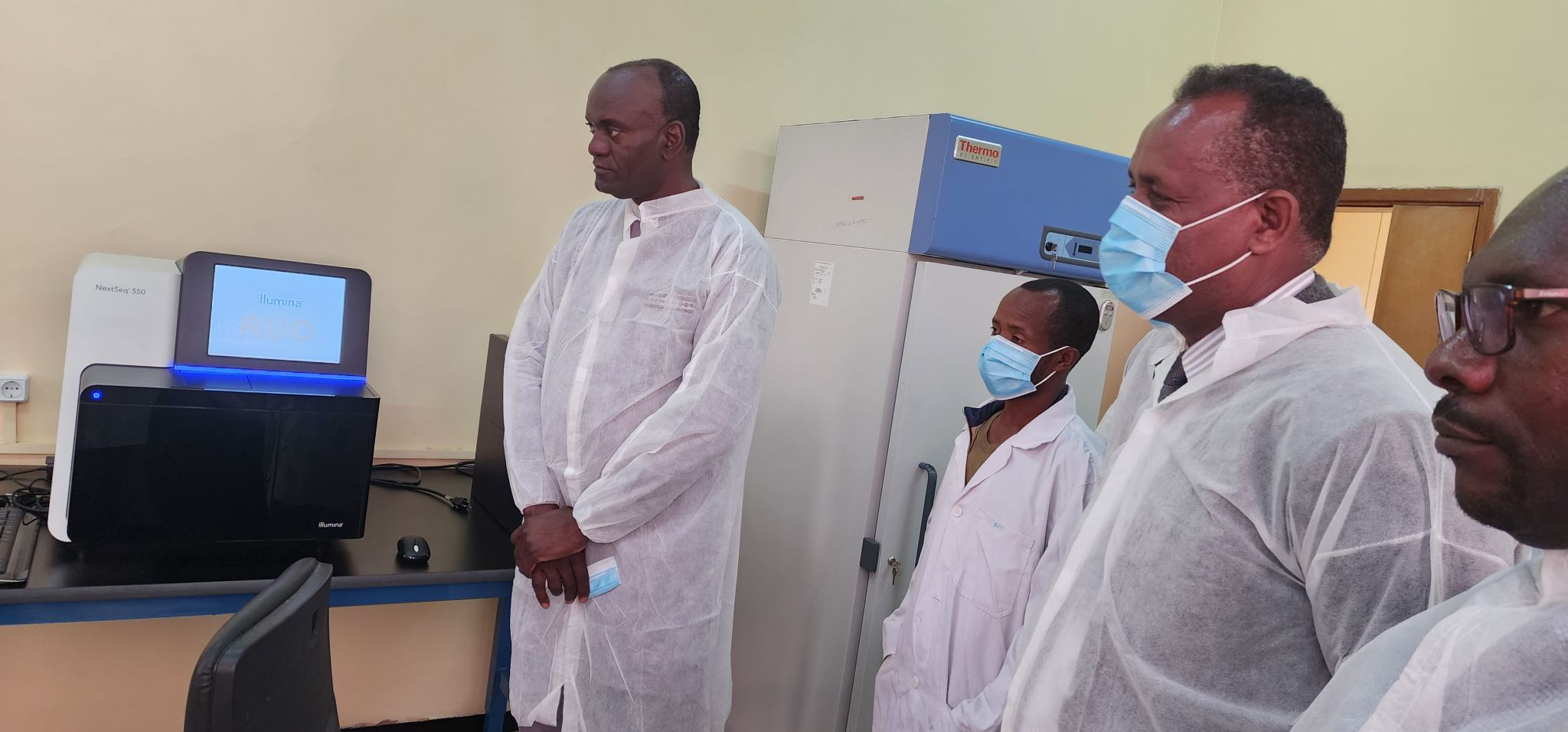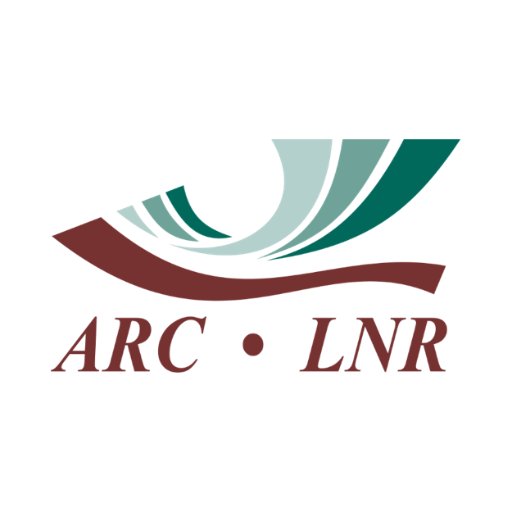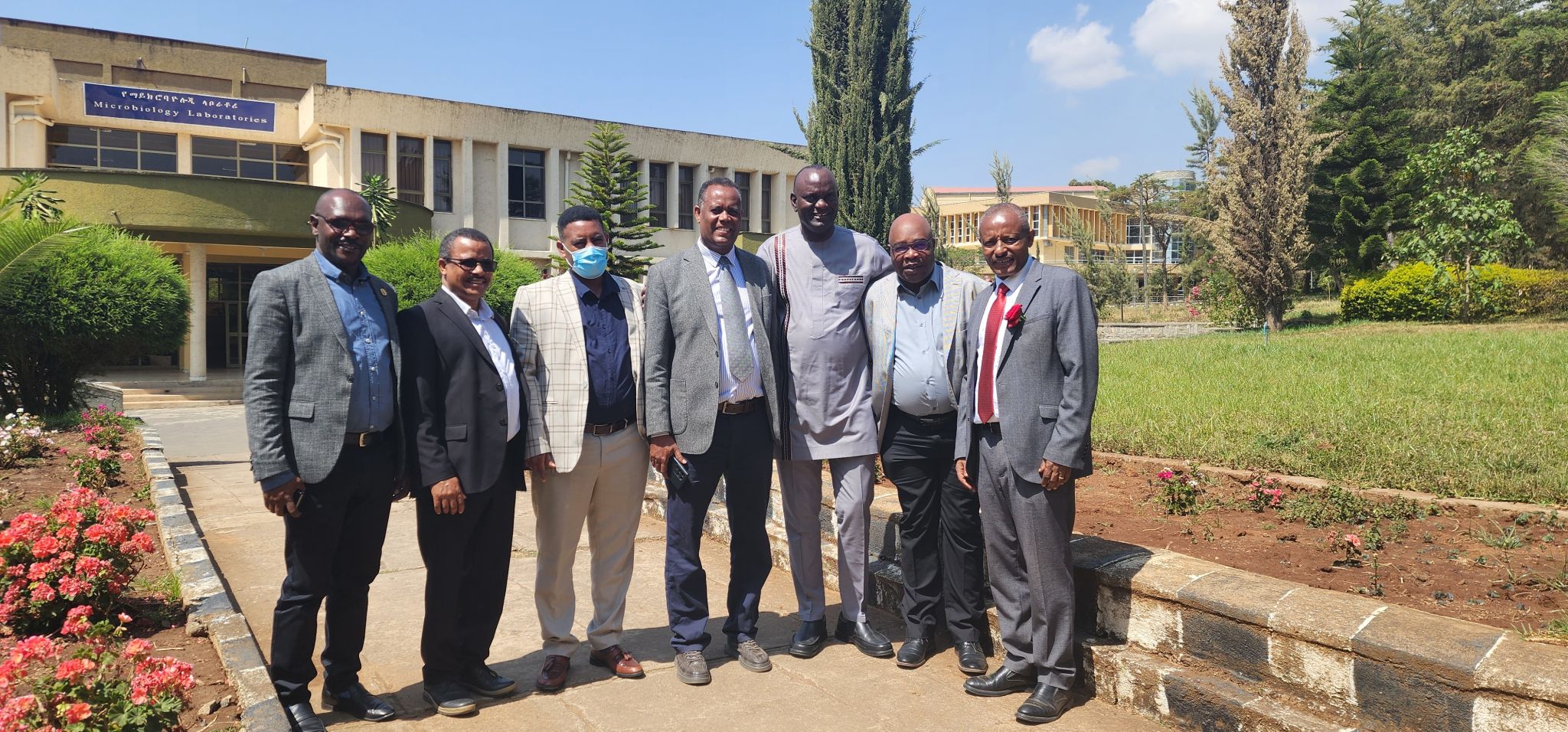
In early 2021, WOAH supported a new laboratory twinning project, an initiative that linked the WOAH Reference Laboratory for rabies at the Onderstepoort Veterinary Research (OVR) Institute in Pretoria, South Africa (parent laboratory) to the National Animal Health Diagnosis and Investigation Center (NAHDIC) in Sebeta, Ethiopia (candidate laboratory) for 2 years. Before this, WOAH had engaged in a similar agreement between OVR and the National Veterinary Research Institute (NVRI) in Vom, Nigeria in 2012.
In this particular project, capacity building aimed at NAHDIC (meanwhile renamed to Animal Health Institute or AHI) to focus on the transfer of skills on the recommended diagnostic tools and techniques, such as the direct fluorescent antibody test (FAT), the direct rapid immunohistochemical test (dRIT), rabies tissue culture infection test and the polymerase chain reaction (PCR) technique.
Due to COVID-19 restrictions, no personnel exchange (from both the candidate and the parent laboratory) was permitted throughout the project’s first year. A no-cost extension was granted until 31 December 2023.
Most of the objectives were met, for instance: four AHI scientists, Drs Belaineh Redeat, Dereje Shegu, Bayeta Senbata, and Demessa Negessu, flew to Onderstepoort Veterinary Research (South Africa) for training before becoming certified to perform the direct FAT. This specific training was held from 27 February to 17 March 2023.
As a result, AHI was declared ready to begin rabies testing with the direct fluorescent antibody test (dFAT) during a follow-up visit by OVR experts from 2 October 2 to 13 October 2023. During the review period, Ms Debrah Mohale, the technician involved in this project and in charge of procurement, obtained several materials for the dFAT, dRIT, RTCIT, and PCR. The materials have been transported to the candidate laboratory.
The personnel at the rabies laboratory (AHI) are now qualified to perform the primary and gold standard dFAT for suspected rabies cases in Ethiopia. A few key recommendations advised that:
Personnel from the AHI’s Rabies Laboratory are technically qualified to test for rabies using conventional and molecular techniques, as specified in the WOAH guidelines. Given this backdrop, the AHI is now considered ready to begin rabies testing, as evidenced by their technical performance at the last visit in January 2024. The AHI has identified a new laboratory/facility for rabies testing, and all necessary equipment is available and operating.
All the pictures (c) communication (AHI) 2023 and 2024



